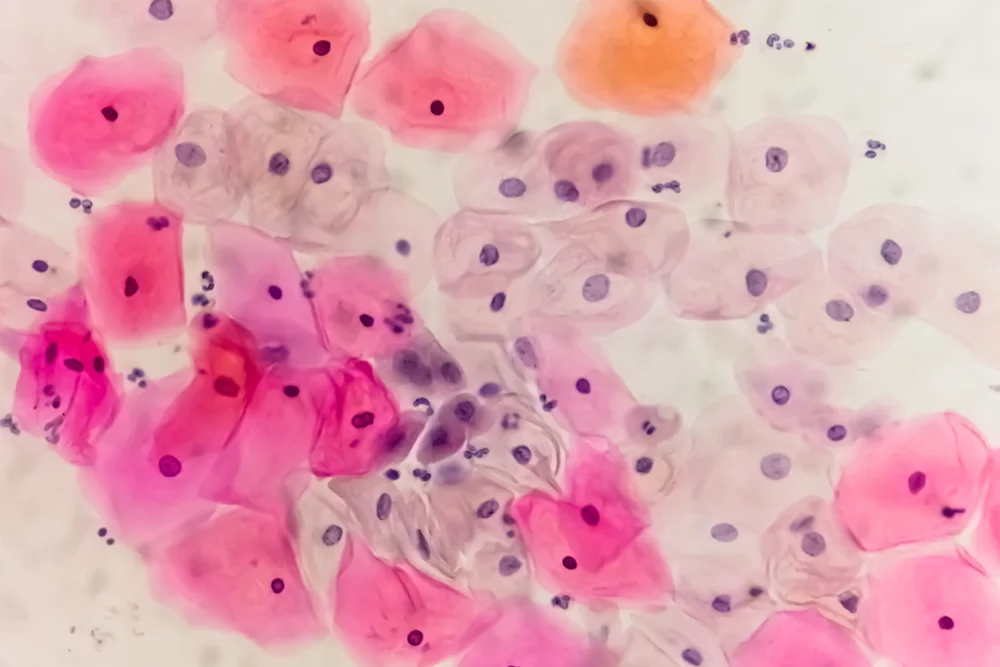Non-alcoholic fatty liver disease (NAFLD), now more commonly referred to as metabolic dysfunction-associated steatotic liver disease (MASLD), is silently becoming one of the most pressing health concerns of the 21st century. Affecting roughly one-third of adults globally, this condition is marked by the abnormal accumulation of fat in liver cells, which can lead to inflammation, fibrosis, and eventually cirrhosis or liver cancer. Beyond the liver, MASLD carries a strong association with cardiovascular disease, type 2 diabetes, and metabolic syndrome, making it a major contributor to global morbidity and mortality.
Despite the enormous scale of the problem, effective treatments have remained elusive. Lifestyle changes like diet and exercise remain the first-line recommendations, but adherence is often low, and many patients progress to severe disease despite these interventions. However, recent research offers a promising breakthrough: the combination of two existing drugs, pemafibrate and telmisartan, may provide a safe and effective pharmacological strategy to combat MASLD.
The Science Behind the Discovery
The University of Barcelona research team conducted a series of preclinical studies using animal models to explore potential drug combinations that could reduce liver fat and associated metabolic stress. They focused on two medications already approved for other conditions:
- Pemafibrate: A lipid-lowering drug that activates peroxisome proliferator-activated receptor alpha (PPARα). By stimulating this receptor, pemafibrate enhances fatty acid metabolism, reduces triglyceride synthesis, and improves overall lipid profiles.
- Telmisartan: An angiotensin II receptor blocker (ARB) primarily used to treat high blood pressure. Telmisartan also exerts anti-inflammatory effects and modulates insulin sensitivity, both of which are relevant in MASLD, where metabolic dysregulation plays a central role.
When administered together, these drugs acted synergistically. The combination not only reduced fat accumulation in liver cells but also mitigated markers of inflammation and improved cardiovascular parameters. This dual action is particularly important because MASLD is often intertwined with hypertension, atherosclerosis, and other metabolic disorders.
Why Drug Repurposing Matters
One of the most significant advantages of this approach is drug repurposing — the process of finding new uses for medications that are already approved for other diseases. Unlike developing a novel drug from scratch, repurposing allows researchers to bypass years of early safety trials, as the medications’ safety profiles are already well-established. This can dramatically reduce development time and costs, potentially bringing effective treatments to patients faster.
For MASLD, this approach could be transformative. Current treatment options are largely limited to lifestyle interventions or off-label therapies with inconsistent efficacy. A repurposed drug combination with proven safety could fill a critical gap in clinical care.
The Broader Implications
The discovery of this effective drug combination extends beyond just liver health. MASLD is not an isolated condition; it is part of a larger metabolic syndrome spectrum. Patients with fatty liver often also have insulin resistance, obesity, and cardiovascular risk factors. By targeting multiple pathways — lipid metabolism, inflammation, and vascular function — the pemafibrate-telmisartan combination could offer holistic benefits beyond the liver itself.
Moreover, this finding could influence global public health strategies. With MASLD prevalence rising alongside obesity and diabetes, a widely accessible, cost-effective pharmacological solution could reduce the burden of liver disease and related complications worldwide.
Challenges and Next Steps
While preclinical results are encouraging, human clinical trials are essential to confirm safety, dosage, and efficacy. Researchers need to determine whether the benefits observed in animal models translate to humans, especially in diverse populations with varying genetic and lifestyle factors.
Other considerations include:
- Optimal dosage and treatment duration: Determining the safest and most effective combination regimen for long-term use.
- Side-effect profiles: While both drugs are generally safe, combined administration could reveal unforeseen interactions.
- Accessibility and cost: Ensuring that treatment is affordable and available in regions most affected by MASLD, particularly low- and middle-income countries.
These challenges are surmountable, but careful study design and regulatory approval will be crucial to bringing this therapy into clinical practice.
A Potential Turning Point for Liver Health
This research highlights a broader trend in modern medicine: leveraging existing knowledge and medications to tackle complex diseases efficiently. MASLD, once considered a silent and largely untreatable condition, may now have a viable therapeutic pathway that addresses both the liver and the associated metabolic risks.
For patients, clinicians, and public health officials, the potential impact is enormous. Millions of adults worldwide could benefit from a treatment that not only reduces liver fat but also lowers the risk of heart disease and metabolic complications.
Conclusion
The combination of pemafibrate and telmisartan represents a promising new frontier in the fight against MASLD. By repurposing well-understood drugs and targeting multiple disease pathways simultaneously, researchers have opened the door to a practical and potentially life-saving therapy.
As further clinical trials are conducted, the hope is that this approach will not only transform liver disease management but also offer insights into treating complex metabolic conditions more broadly. For a condition that has long lacked effective pharmacological options, this discovery offers a rare and exciting opportunity: a chance to change the trajectory of liver health on a global scale.












Leave a Reply